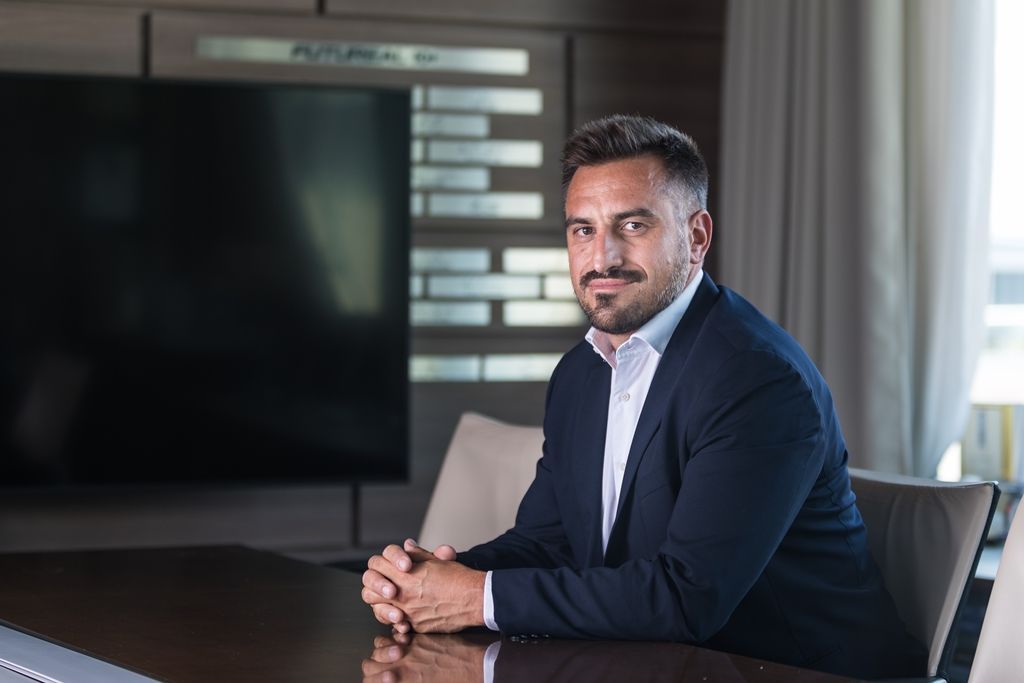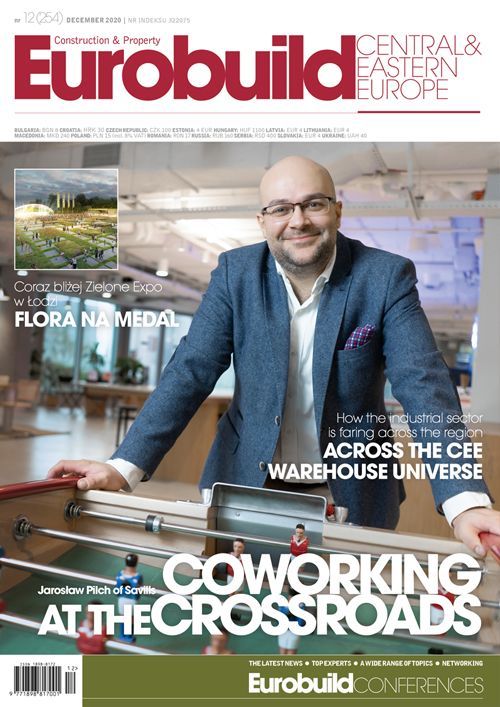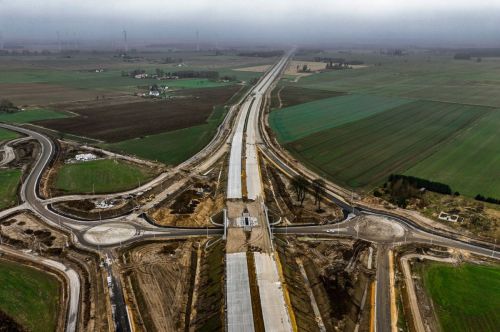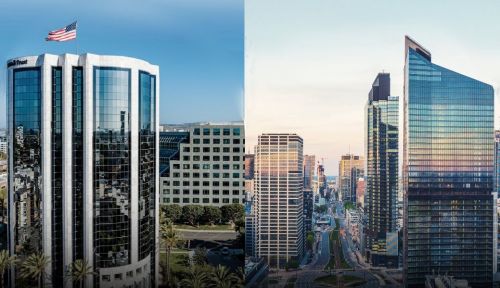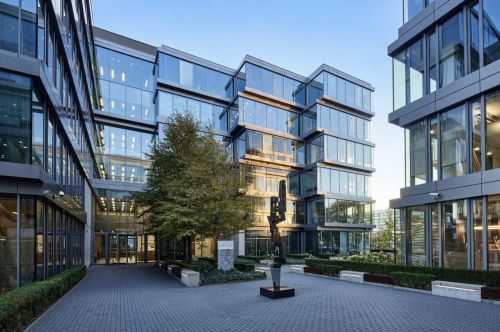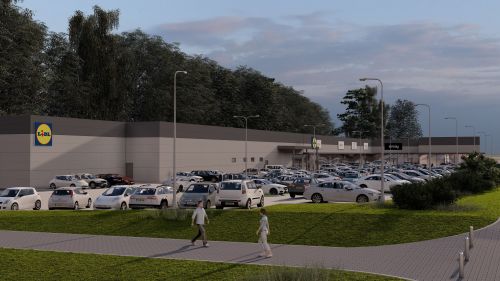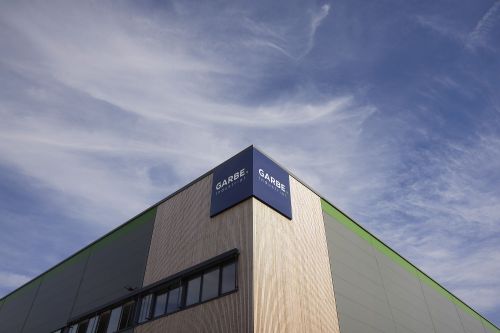This year, real estate portals have been abuzz with all the news of warehouse deals. With the Covid-19 outbreak and the subsequent lockdowns, shoppers have been forced to spend their money in the virtual world rather than the real one, and this, in turn, has given a huge boost to internet sales and the demand from e-commerce for warehouse space. But even all this is now somehow old hat. Many of us have already seen the investment figures for Poland, where around EUR 1 bln was transacted in Q3; but we have to remember that this volume was determined to a large extent by the conclusion of just one deal, which we first reported on in March: the sale of Goodman’s entire CEE portfolio to GLP. This deal, of around EUR 1 bln, also included assets in Hungary, the Czech Republic and Slovakia. So let’s cast our gaze onto those countries and see what’s been going on in the warehousing world beyond Poland’s borders.
Well, rather a lot, as it turns out! Starting with the sm
